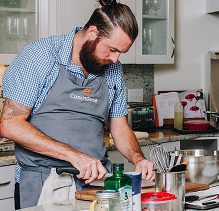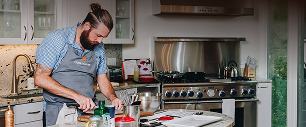The Art of Food Plating: How to Present Deliciously Appetizing Meals
When it comes to food, we all know that presentation is key. With the right techniques and tools, the plating can transform a basic plate into something special that grabs attention and encourages exploration. It is an excellent way to showcase your skill in combining different ingredients and textures into one cohesive whole that tastes great. This blog post will help you learn what plating food tools, techniques, and trends you must have to create stunning, magazine-quality dishes. Let’s get started.
Essential Tools for Plating Food
Food plating is all about presentation, so having the right tools is essential. A great place to start is by building a tool kit with the following items:
Color-coordinated dishware sets
Color-coordinated dishware sets are essential for plating food in the homestyle kitchen. Matching plate colors and cutlery adds a defined visual appeal to each dish. It can transform even the most amateur home chefs into appearing like highly skilled restaurant cooks.
Color-coordinated sets keep each dish looking neat and refined, helping to create an atmosphere of refined elegance – regardless of how simple the ingredients may be. A set of color-coordinated plates helps bring an air of professionalism to the art of plating food, an essential element for elevating any meal served at home.
Serving spoons and forks
Apart from the essential knives and kitchenware most of us already have in our kitchens, serving spoons and forks can be highly beneficial for playing with plating styles. From dishing out family servings to creating intricate plating designs, these tools are incredibly versatile and make an outstanding addition to your arsenal.
Choosing a specific material for these tools – such as stainless steel, bamboo, or wood – can add a unique visual flair to dishes and help them stand out from more traditional selections. If you wish to improve your cooking skills, it is best to have a set of serving spoons and forks. These essential pieces of equipment bring style, substance, and artistry to any plate they grace.
Tongs and Tweezers
Having the appropriate tools makes all the difference in ensuring food looks excellent and delicious. Plating food is an art; tongs and tweezers are essential for achieving clean, professional-looking dishes in a home kitchen.
Tongs make it easy to move around ingredients without crushing or altering the dish’s delicate presentation, while tweezers are ideal for adding delicate garnishes for that extra special touch. With these two utensils in your toolbox, you can create restaurant-quality food plating and presentation, even if you are a novice home cook.
Angled Spoons for Sauces
Angled spoons are essential tools for any home kitchen. They help keep the food from bunching up in one specific area when it comes to the plate, and you can also use them for drizzling sauces perfectly across the plate. With an angled spoon, it can be easier to get just the right amount of sauce on a dish or a plated item; too much and you’ll overwhelm the delicate flavors; too little and your guests will notice something is lacking.
An angled spoon will let you drizzle sauces and other toppings over meals in skillfully crafted designs or layer them over entrees for the perfect finishing touch. When executing professional-level presentations at home, an angled spoon is a must.
Mini Molds and Melon Ballers
Having mini molds for the perfect contours of your favorite desserts is an efficient and aesthetically pleasing way to bring a sense of presentation and professionalism to your kitchen creations. With these essential tools in a home kitchen, you can achieve chef-level presentations easily for cakes, ice cream, and mousses.
With their ability to add creativity, precision, and beauty to your dishes, mini molds will take your food plating game further than ever before. You also need a melon baller. A melon baller is one of the most must-have food-plating tools for your home kitchen. Melon ballers can help create precise shapes from cantaloupe, honeydew, and other soft fruits. They are also excellent for adding texture to sauces or garnishes.
Cutting Boards and Chef’s Knives
Cutting boards provide a clean and reliable surface for preparing vegetables and herbs before plating them. Not only do cutting boards offer a durable foundation for chopping, slicing, julienning, or dicing food items, but they are also essential in preserving the integrity of the prepared foods by protecting the edges from damage. Having a chef’s knife is essential to a complete kitchen. A chef’s knife’s sharp and precise blade is a tool every home cook needs, as it is necessary for various tasks such as chopping, slicing, flinging, mincing, and more. A quality chef’s knife will help you achieve professional-looking meals with ease.
How to Plate Food: Tips and Techniques
For those who love cooking and hosting, mastering food plating is essential. Plating tools and uses enhance flavors, let guests appreciate each component, and make the visual presentation more inviting. Start with a good foundation.
Choose the Right Plate: Shape, Size, Color
The shape, size, and color of your plate are crucial to enhancing your dish’s aesthetic. Square plates highlight geometric patterns, while round plates offer more room for creative garnishing. Picking the right plate can create a visually appealing canvas that brings out flavors and adds contrast to your dish.
Arrange Ingredients Carefully for Maximum Visual Impact
Careful placement of ingredients ensures maximum visual appeal. Consider each item’s size, shape, and texture for contrast, and distribute elements evenly. Use vibrant colors like greens and reds to energize your presentation.
Utilize Garnishes and Condiments
Creative garnishes and condiments can elevate a dish’s presentation and flavor. Add condiments thoughtfully to enhance the dish without overpowering it. Garnishes should complement, not dominate, the main components.
Consider the Use of Textures to Enhance Presentation
The texture is crucial to presentation and flavor. Combining different textures, such as crunchy and smooth, adds depth to the dish. For example, roasted nuts with creamy pasta create a dynamic experience.
Advanced Plating Strategies
This master guide intends to equip you with all the knowledge you require to be an expert at plating food. Below are some advance strategies that you can follow to make the table look magazine worthy.
Utilize Contrasting Colors
Contrasting colors can elevate a dish visually. Use bright ingredients like lemon slices to make dishes pop and distinguish different components.
Create Visual Focal Points
Focus attention on elements like contrasting colors or heights. Using accent ingredients such as microgreens or edible flowers adds visual appeal and is one of the most practiced modern plating techniques.
Incorporate Different Levels Within the Plate Design
Varying the height of elements adds interest to your presentation. Use platforms to elevate delicate items, while deep dishes can highlight bold flavors.
Balance Flavors and Textures
A well-balanced dish combines flavors and textures. Complementary notes, like a creamy sauce with crunchy elements, create a dynamic bite that stands out.
The Yesterday and Today of Food Plating
Let’s first know a little about the history of food plating. Food plating has a rich history, originating in the French court in the 1600s when Louis XIV instructed chefs to present food in the most elegant way possible. Since then, the goal of plating food has been to create visually appealing designs that satisfy the palate.
While food presentation has been a part of culinary history dating back to ancient civilizations, it wasn’t until the 19th century that French chefs like Auguste Escoffier refined and formalized food presentation, raising its importance in the culinary world.
Present-day trends in food plating have evolved significantly, making food presentation more crucial. Restaurants worldwide are taking plating food to a new level by using bold colors, unusual shapes, and unexpected fun ingredients like edible flowers, interesting herbs, and even gold leaf.
With the rise of Instagram-worthy dining experiences, contemporary cuisine offers an array of visually stunning options, from classic restaurant dishes with artfully drizzled sauce to trendy bento box designs.
As a result, diners and chefs alike are enthusiastic about experimenting with creative plating ideas. Whether arranging a stack of pancakes symmetrically, placing the chicken on a bed of vegetables, or sculpting edgy ingredients, each style highlights a distinct visual appeal. With each new style, chefs worldwide continue discovering new and exciting ways to serve meals.
If you want to add a unique touch to your next dish, explore the exciting world of plating food trends and let your creativity run wild.
Conclusion
In summary, mastering the art of plating food involves the right tools, thoughtful techniques, and creative strategies. From essential utensils like tongs, squeeze bottles, and color-coordinated dishware to advanced plating methods such as contrasting colors, textures, and varying levels, these elements elevate any meal. Careful ingredient arrangement, use of garnishes, and attention to texture enhance dishes’ presentation and taste.



 Settings
Settings
 Gift Card
Gift Card Blog
Blog Locate Us
Locate Us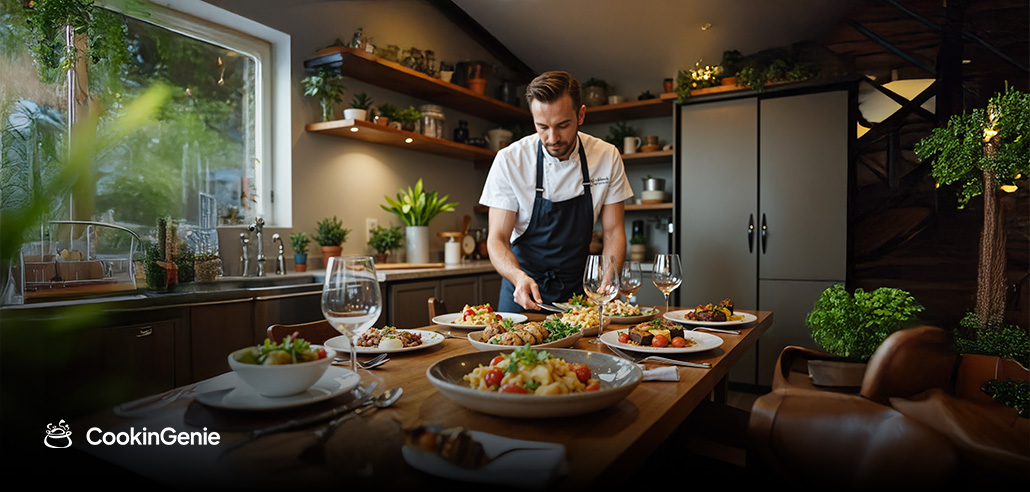

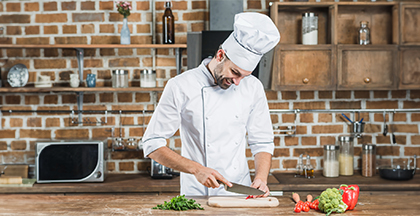
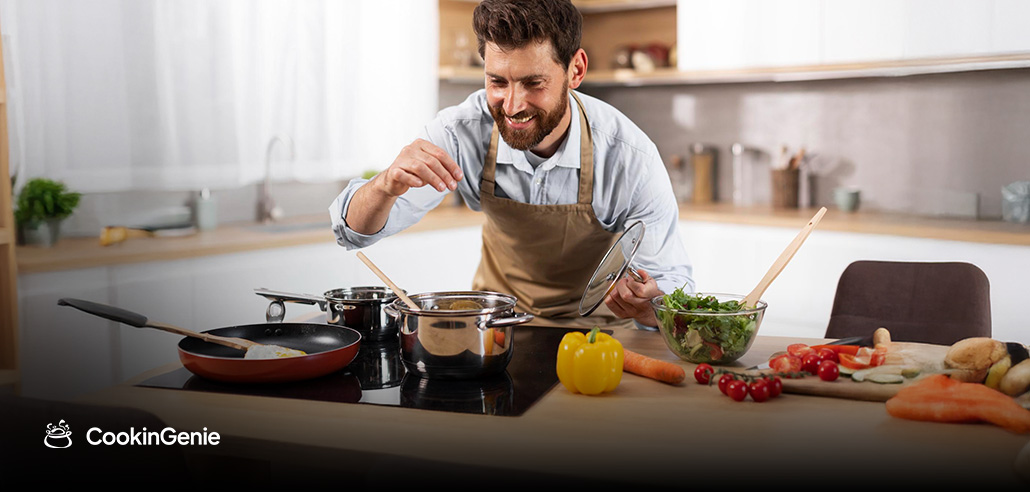
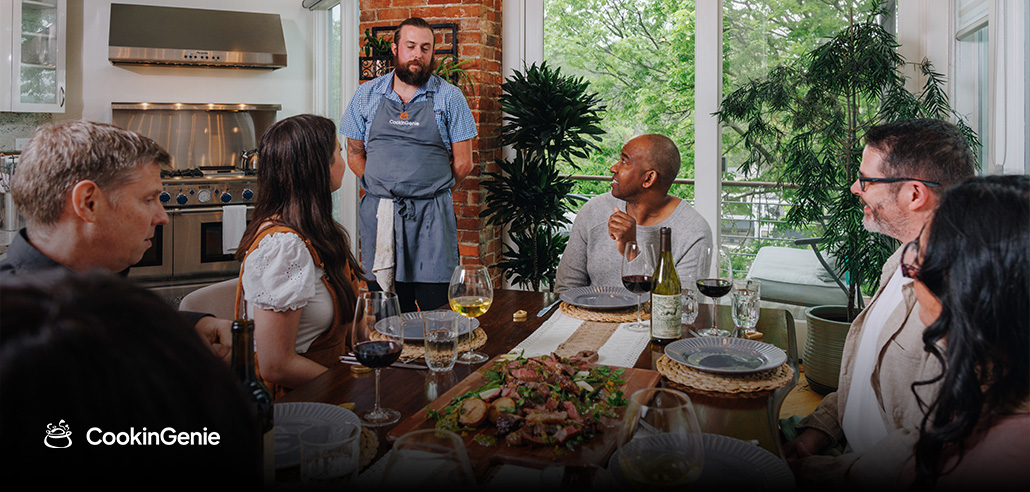
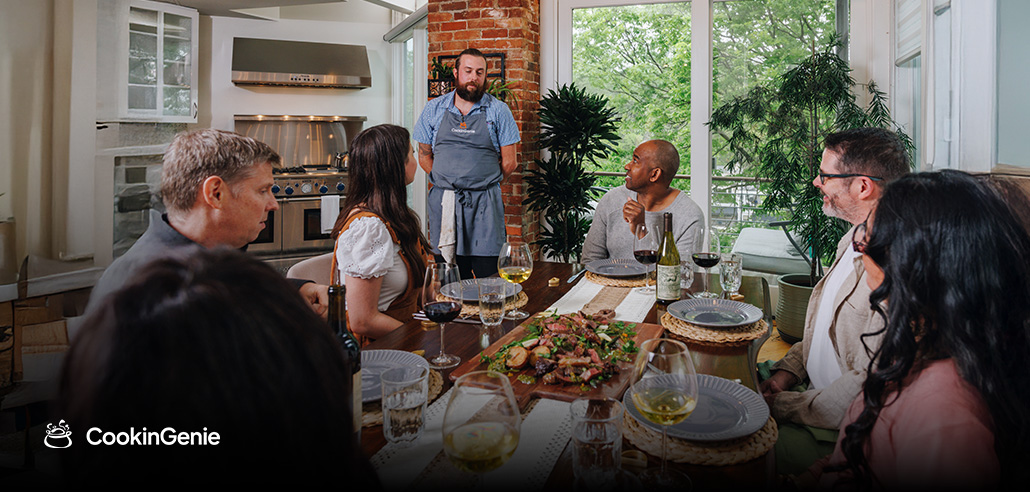

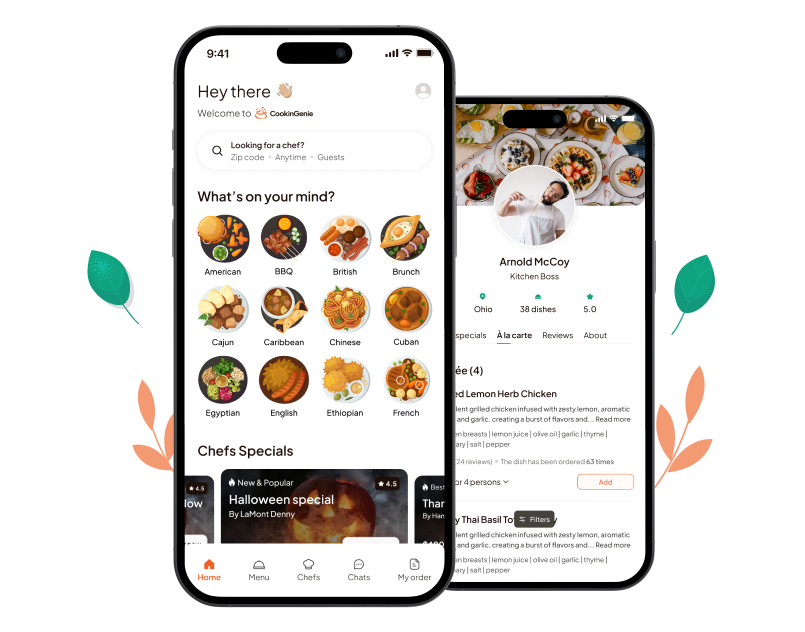



 Home
Home
 Chefs
Chefs
 Chats
Chats
 My Order
My Order


